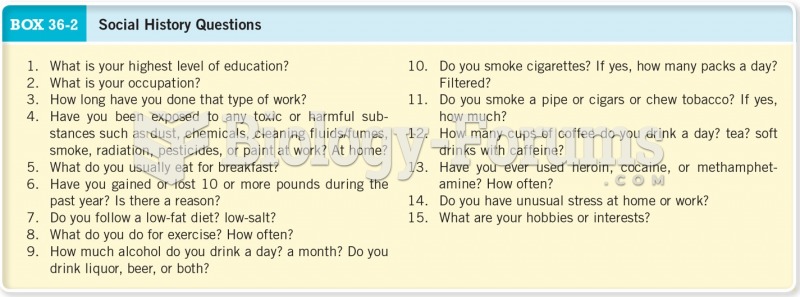Answer to Question 1
Until the early 1800s, juvenile offenders, as well as neglected and dependent children, were confined in adult prisons.
The inhumane conditions in these institutions were among the factors that led social reformers to create a separate children's court system in 1899 .
Early juvenile institutions were industrial schools modeled after adult prisons but designed to protect children from the evil influences in adult facilities.
The first was the New York House of Refuge, established in 1825 . Not long after this, states began to establish reform schools for juveniles. Massachusetts was the first, opening the Lyman School for Boys in Westborough in 1846 .
New York opened the State Agricultural and Industrial School in 1849, and Maine opened the Maine Boys' Training School in 1853 .
By 1900, 36 states had reform schools. Although it is difficult to determine exact populations of these institutions, by 1880 there were approximately 11,000 youths in correctional facilities, a number that more than quadrupled by 1980 .
Early reform schools were generally punitive in nature and were based on the concept of rehabilitation (or reform) through hard work and discipline.
In the second half of the nineteenth century, emphasis shifted to the cottage system. Juvenile offenders were housed in compounds of cottages, each of which could accommodate 20 to 40 children.
A set of parents ran each cottage, creating a homelike atmosphere. This setup was believed to be more conducive to rehabilitation.
The first cottage system was established in Massachusetts in 1855, the second in Ohio in 1858 . The system was held to be a great improvement over training schools.
The belief was that by moving away from punishment and toward rehabilitation, not only could offenders be rehabilitated, but also crime among unruly children could be prevented.
Answer to Question 2
c






